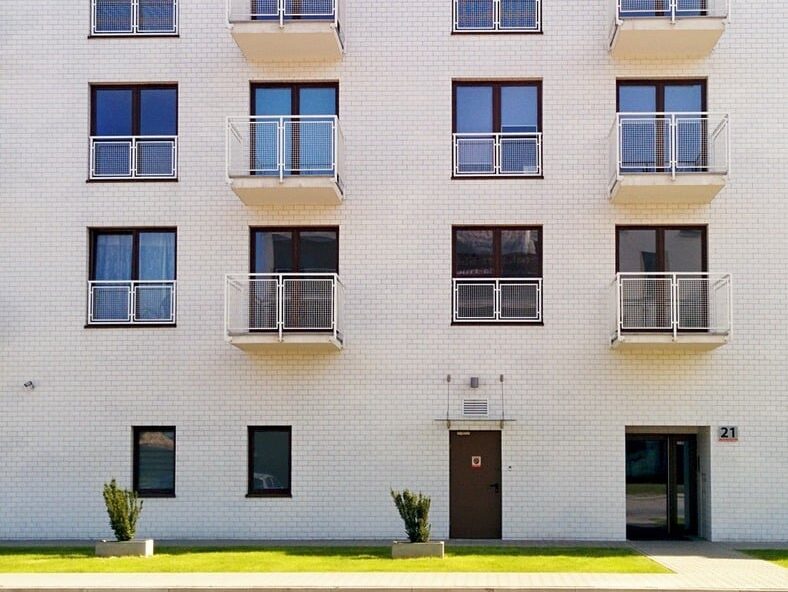If You Tax the Things You Want Less of …

Los Angeles voters passed Measure ULA in 2022 to tax real estate sales over $5 million in order to fund subsidized housing programs. But new research from UCLA and RAND finds that the policy may be slowing the growth of the city’s housing supply instead.
Since the tax took effect in April 2023, Los Angeles has seen fewer large apartment buildings get built – especially the kind that include affordable homes without needing public subsidy.
In Taxing Tomorrow: Measure ULA’s Impact on Multifamily Housing Production and Potential Reforms, Jason Ward (RAND) and Shane Phillips (UCLA Lewis Center) studied what happened to land sales, construction, and affordable housing development once the tax was in place. Their findings show that ULA is significantly reducing multifamily housing development.
Key Takeaways:
- Permits for apartment buildings with 20 or more homes fell by 1,910 homes annually after ULA was implemented.
- The tax on multifamily sales prevents the creation of at least 168 below-market homes each year—units that would’ve been built in private, mixed-income projects without ULA.
- ULA raises $29 million annually from new multifamily sales, enough to fund around 70 homes, but the policy blocks over 100 affordable homes annually.
The researchers looked at over 9,000 land sales between 2020 and 2025. They compared Los Angeles to nearby cities that didn’t pass a new tax; focused on land zoned for apartment buildings; and used a method that filters out other economic changes, like inflation or interest rate spikes.
After ULA, land sales for apartment buildings in L.A. dropped 46 percent relative to the average level of these sales (p. 24), and if developers aren’t buying land, they’re not building.
New large multifamily housing permits are down nearly 20 percent: The ULA tax kicks in when a property is sold for over $5 million—including new apartment buildings. That lowers how much future buyers are willing to pay, which in turn lowers how much a developer can pay for land today. If the math no longer works, projects get shelved. That’s why large-building permits fell by 1,910 homes per year, relative to the 2020–2022 average (p. 6, 24).
The tax cuts off a key source of affordable homes: In L.A., most new below-market homes aren’t fully government-funded. Instead, private developers include them in exchange for permission to build larger buildings (known as density bonuses). Around 80 percent of unsubsidized projects use these incentives, typically setting aside 11 percent of homes as affordable (p. 6, 37). When these projects are deterred, the affordable homes vanish too.
The tax on new multifamily buildings prevents more homes than it pays for: Only 8 percent of ULA’s revenue comes from sales of newly built multifamily housing, around $29 million annually. That might subsidize 70 affordable homes annually, but the tax prevents the creation of well over 100. And because subsidized homes take longer to plan, finance, and construct, the timeline is delayed too.
The authors recommend: (1) exempting new apartment buildings from the tax for 15 years ; (2) extending that to new commercial and industrial buildings to ensure the city is not losing their potential revenue; and (3) adding statewide rules to prevent similar effects in other cities. ULA was created to help solve the housing shortage. But unless it’s reformed, it may be doing the reverse: making affordable housing harder, slower, and more expensive to deliver.